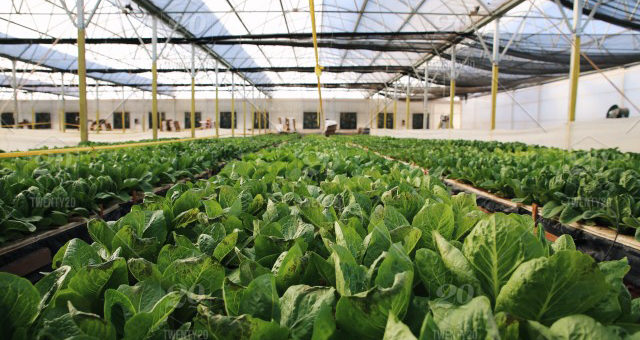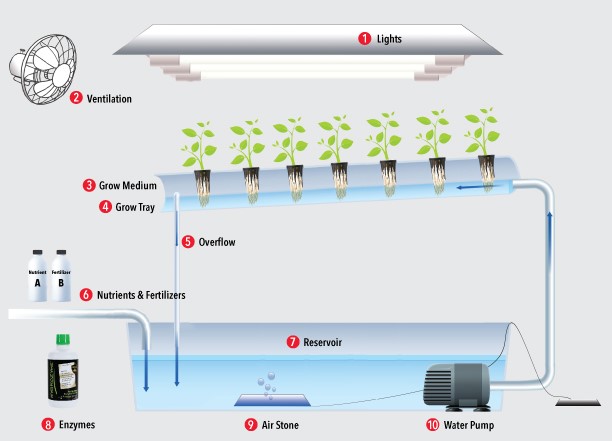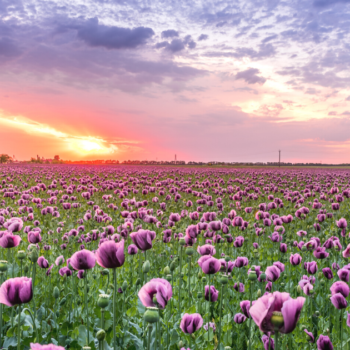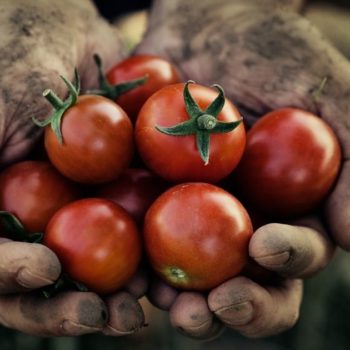
How to Grow Hydroponic Plants
Tips on Setting Up a Hydroponic Garden
How Do I Set Up a Hydroponic Grow?
If you haven’t determined which type of hydroponic system you want to use, read our Hydroponics Definition article to help you.
You can either build your own hydroponic system or, if you are a beginner, you can buy one.
The essentials of a basic hydroponic set up include:
- Lights
- Ventilation
- Grow medium
- Grow tray
- Overflow
- Nutrients and fertilizers
- Reservoir
- Enzymes
- Air stone
- Water pump

Once the hydroponic system is set up, germinate the seeds and prepare the nutrient feed as instructed. When the plants are ready for transplant, place the roots correctly in the nutrient solution. Then, turn on the pump and watch them grow!
How Do I Manage My Hydroponic Grow?
Closely monitor the system. At first, check the system twice a day, then reduce to once a day when you’re comfortable with how the system is running. Keep the water and nutrient levels consistent and pH level between 5-6. Finally, check the water pump regularly to ensure the tank doesn’t dry out which may cause the pump to burn.
Monitoring Plant Growth
Plants grown in a hydroponic system will grow quicker than conventionally grown plants. A way to track plant growth is to measure the following every 2-3 days:
- Plant height: measure from the edge of the container to the top of the plant stem to ensure consistent measuring
- Number of leaves: count all leaves including newly emerging leaves
- Measure the size of leaves: can be done for each leaf, or by choosing a sampling of leaves to calculate the average length and width
Inspecting for Pests and Diseases
Even though a hydroponic environment is controlled, the plants should be regularly inspected for pests and diseases. Plants that are infested with pests or show signs of disease can quickly impact the health of neighboring plants.
Look for insects, eggs, tiny webs, and any other signs indicating a pest has been present. Other signs of pests or disease can also include chewed, speckled, spotted, yellow, or brown leaves, especially on the bottom side of leaves. Wilting leaves, stunted plant growth, and brown slimy roots can also indicate disease.
If a plant is infested with pests or shows signs of disease, it should be removed from the system immediately and treated separately until it returns to a healthy condition.
- On November 28, 2019


